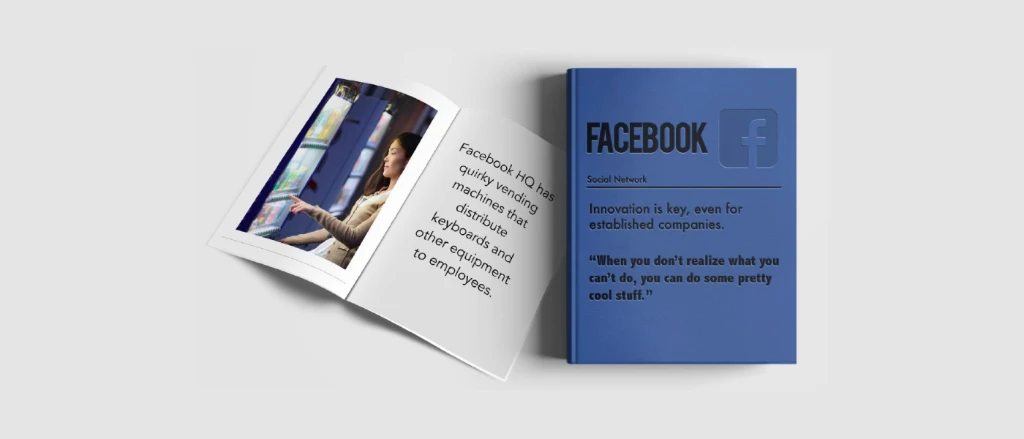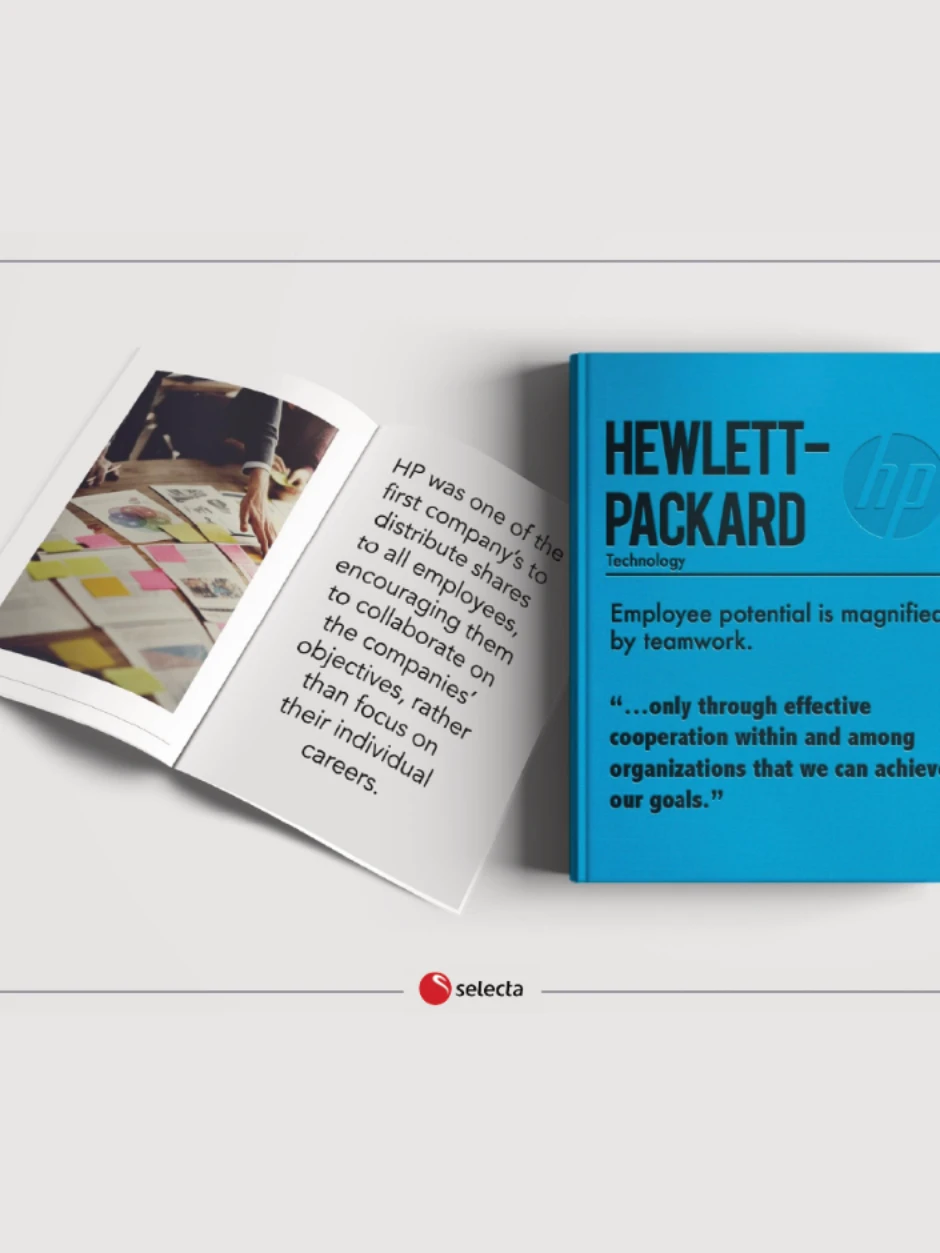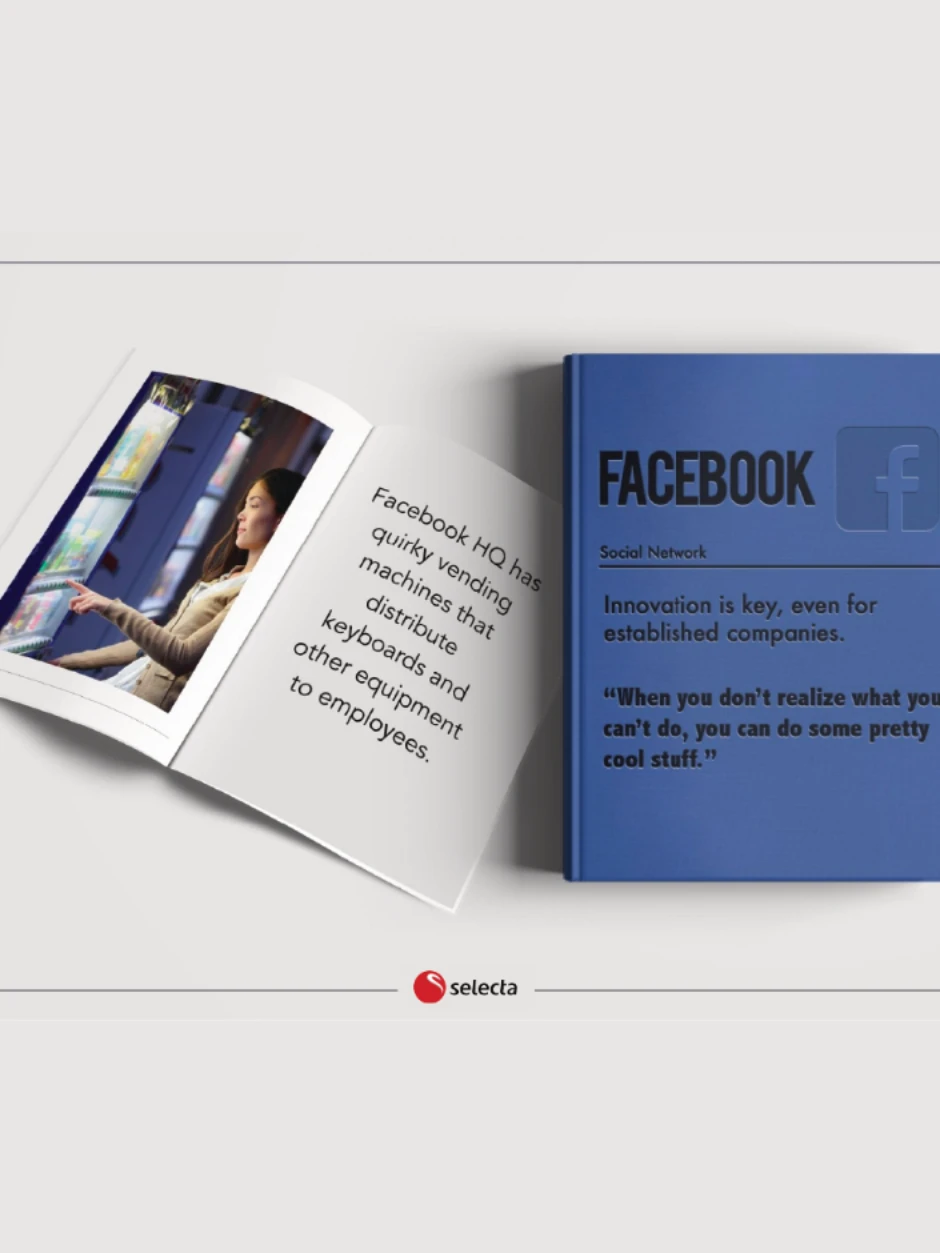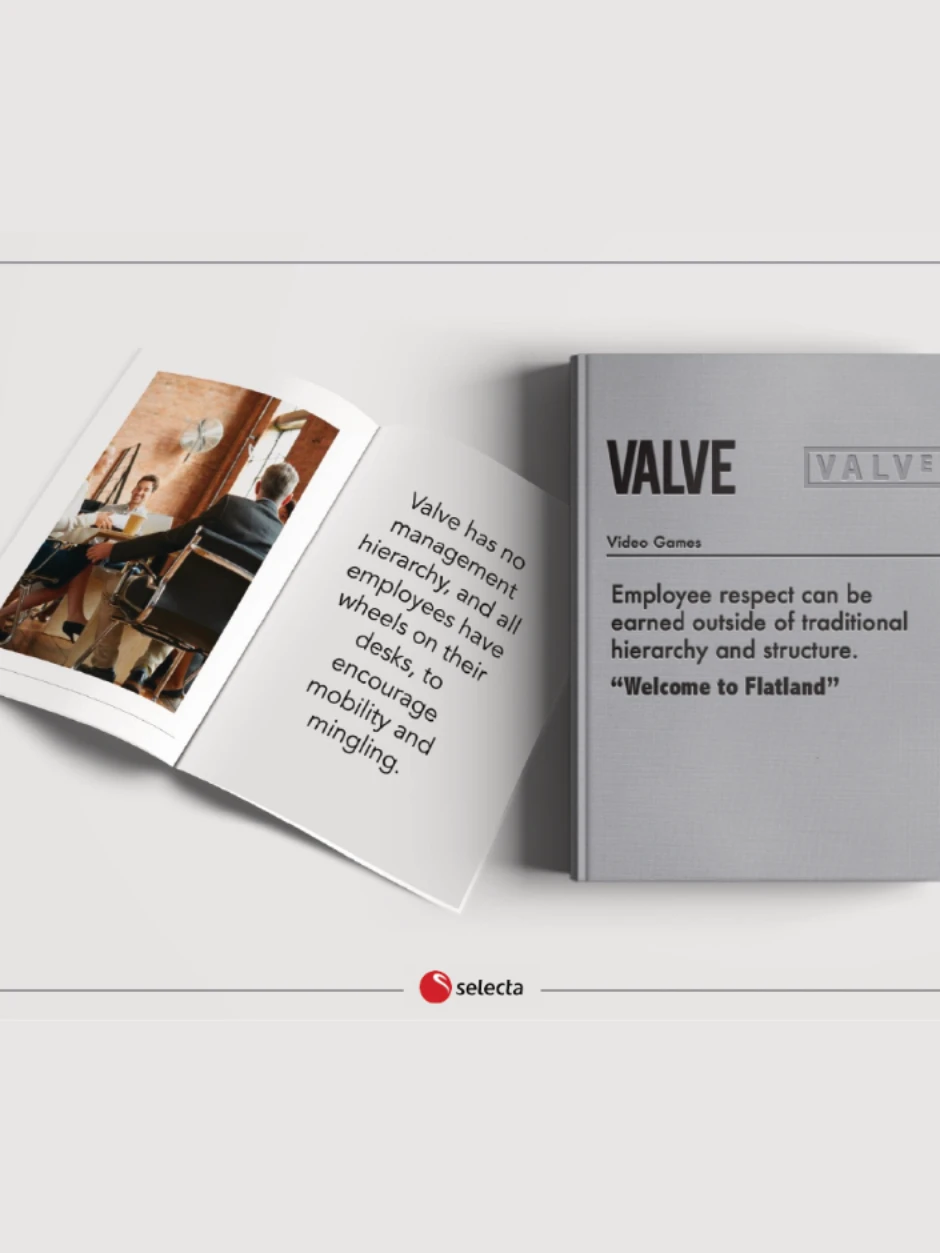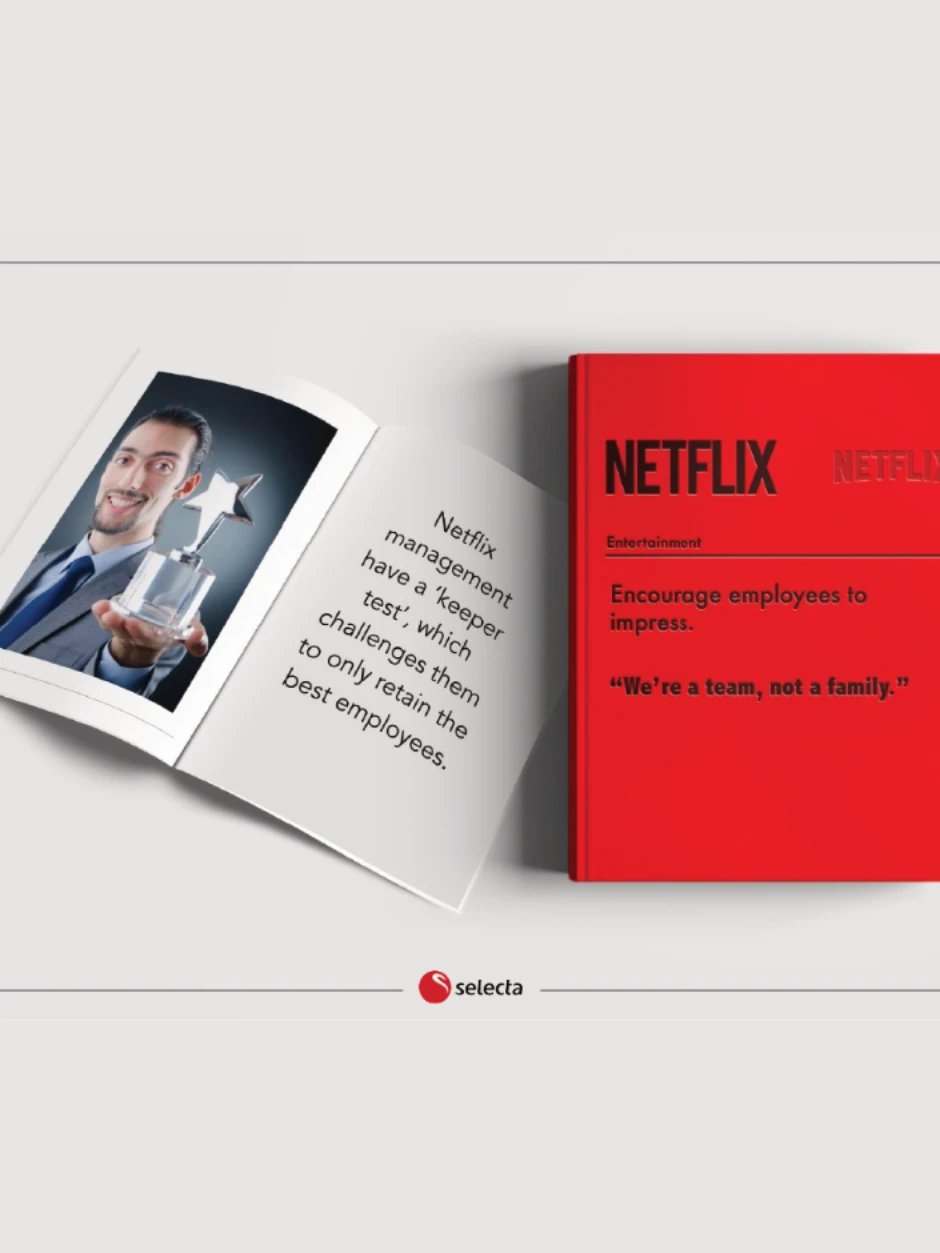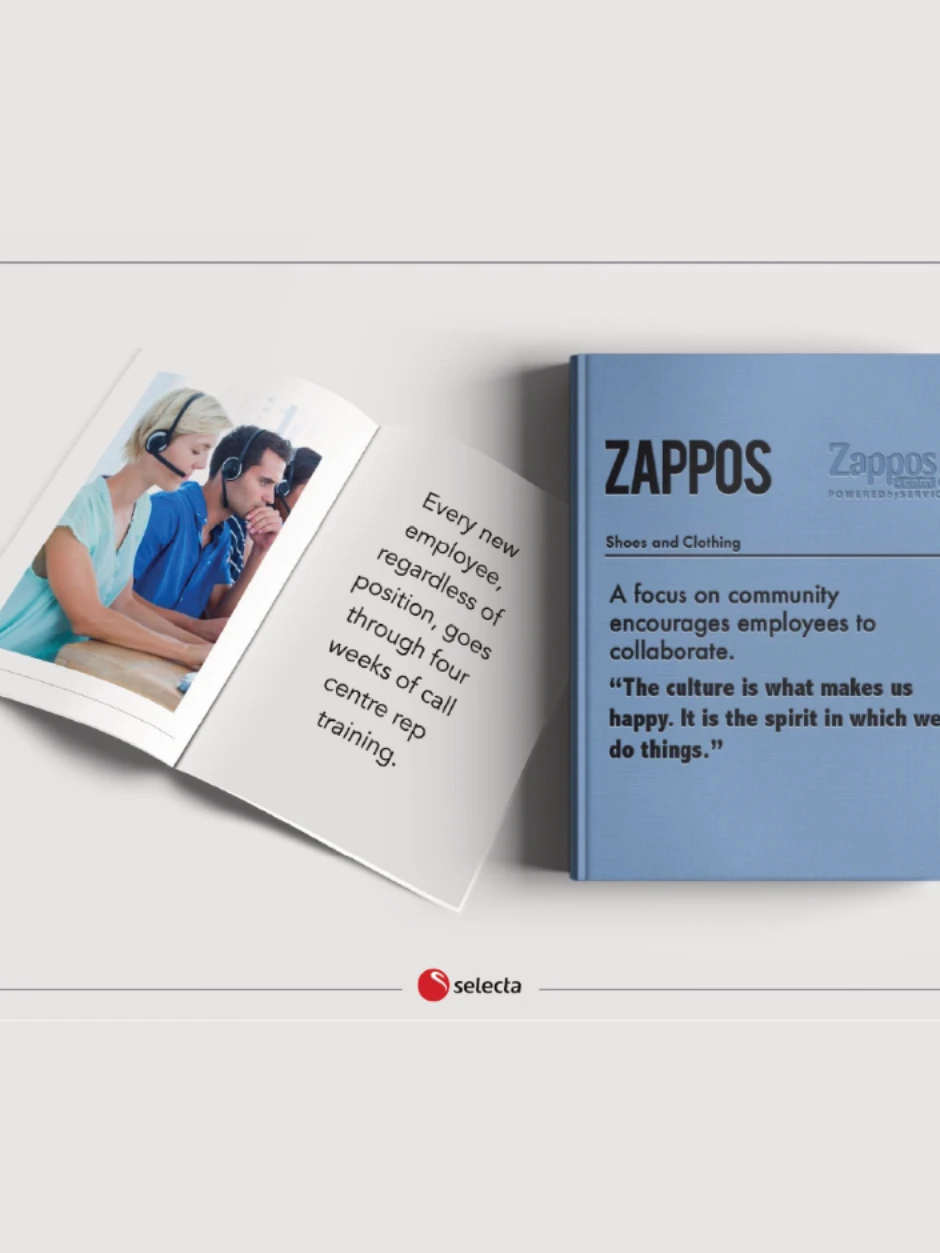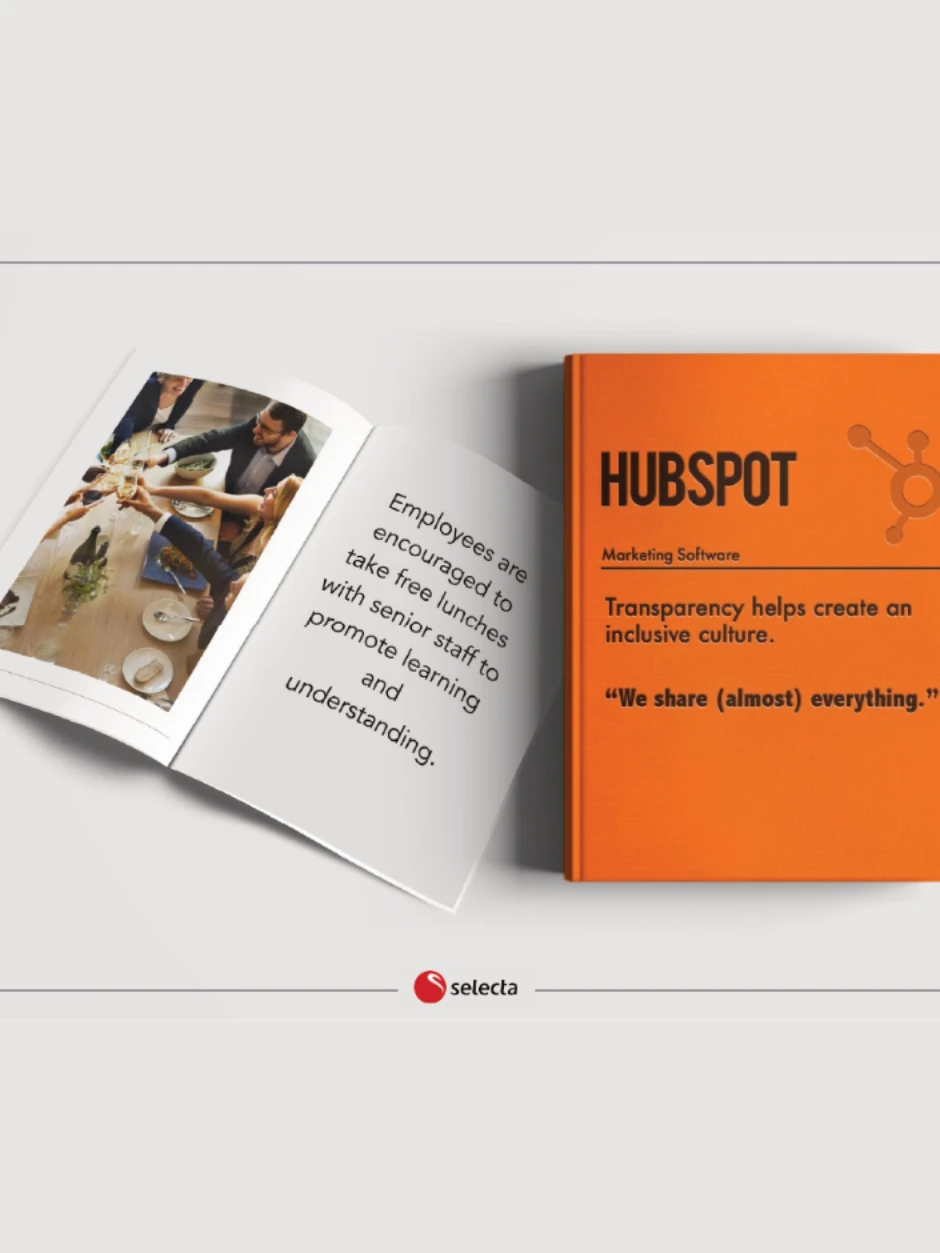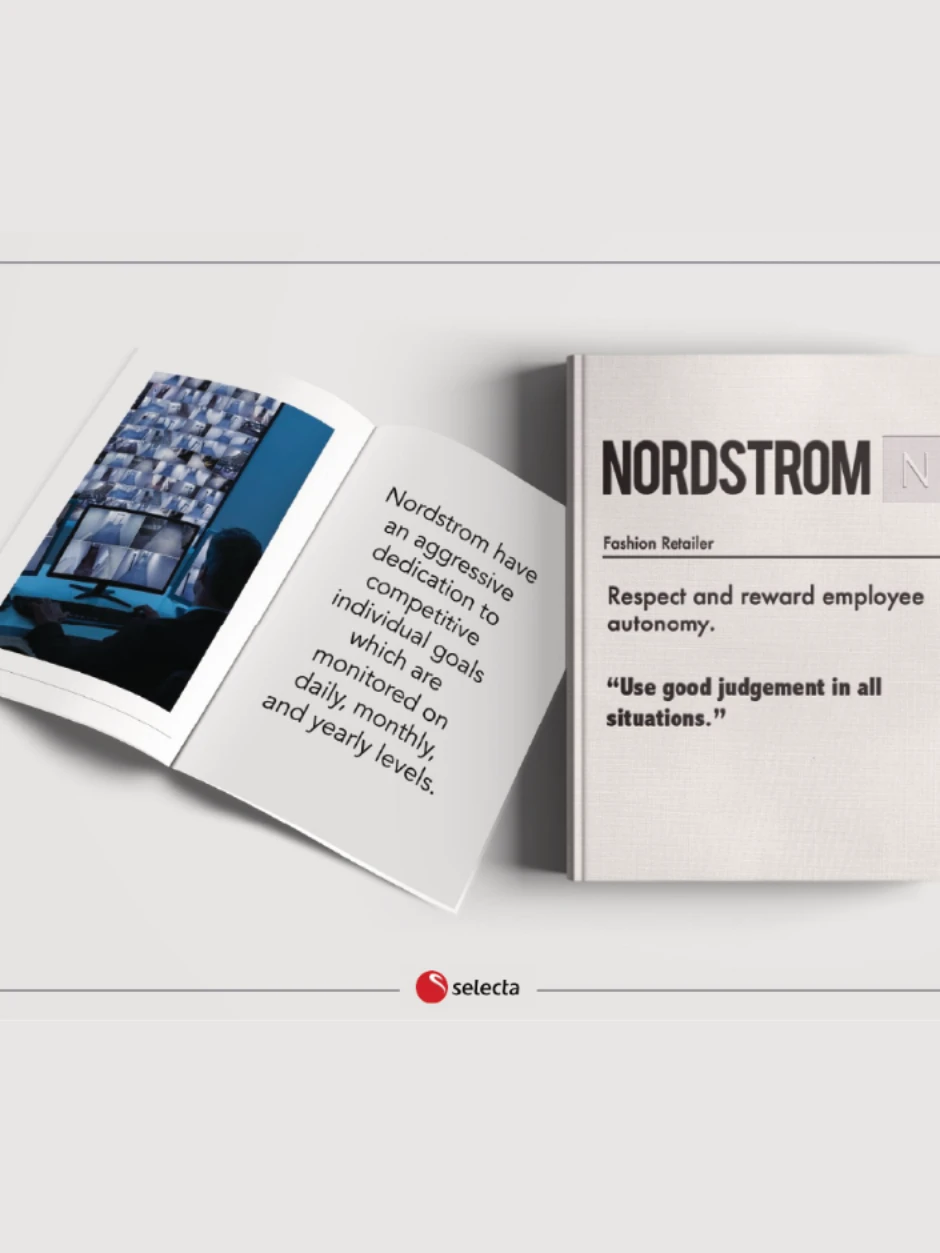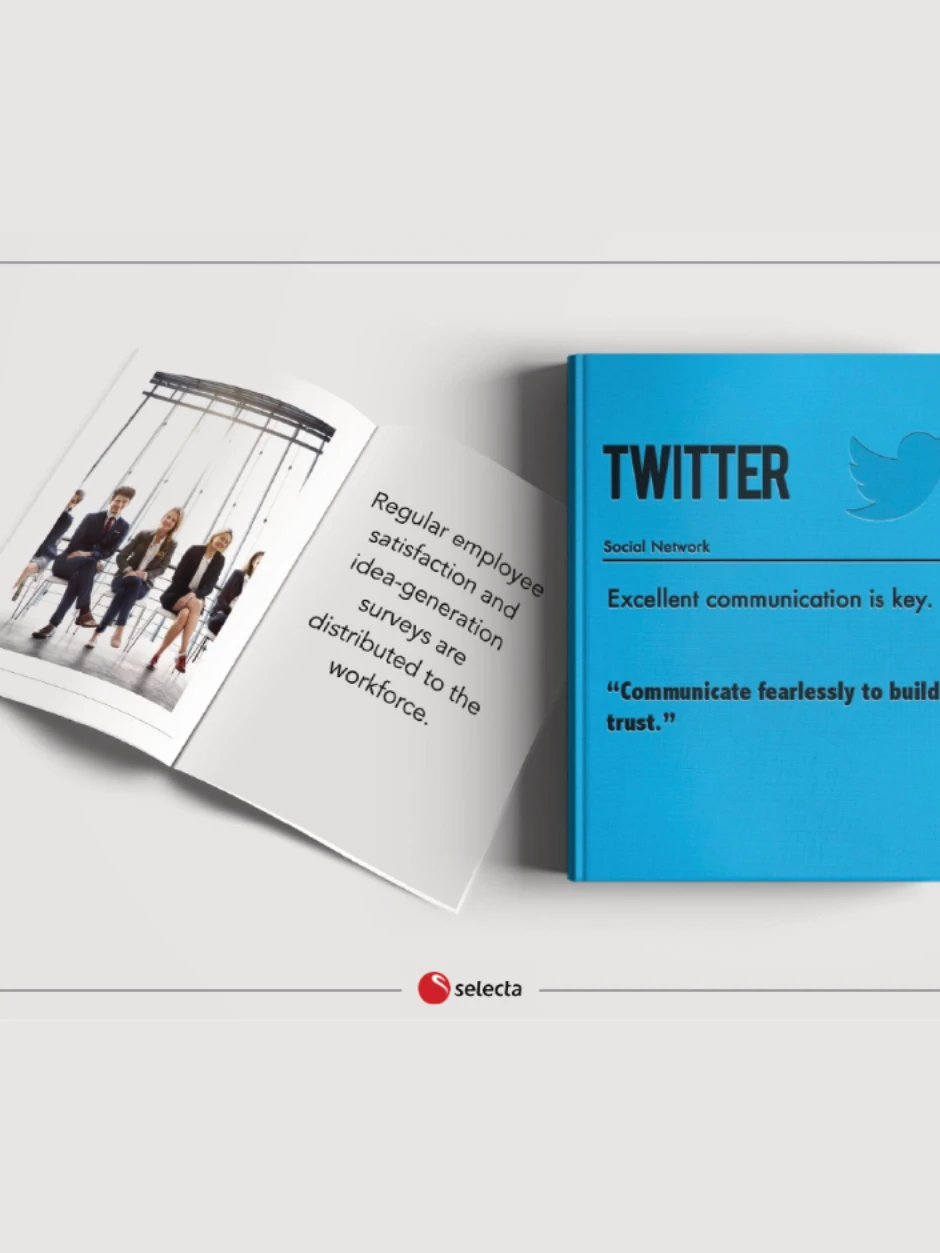Your first day at any new job is always eventful. There’s countless names to learn, office in-jokes to accustom yourself with, and (crucially) a coffee machine to locate.
Help is at hand though in the form of your employee handbook, a blueprint for understanding how your new workplace ‘makes things happen’, which is a staple for almost any modern company.
These documents are some of your first impressions of your new office, and as a result, the best examples of these books are carefully crafted to help you understand the culture of the company in question.
We took a look at nine employee handbooks of some of the most successful companies for culture, and these were the lessons we learned:
